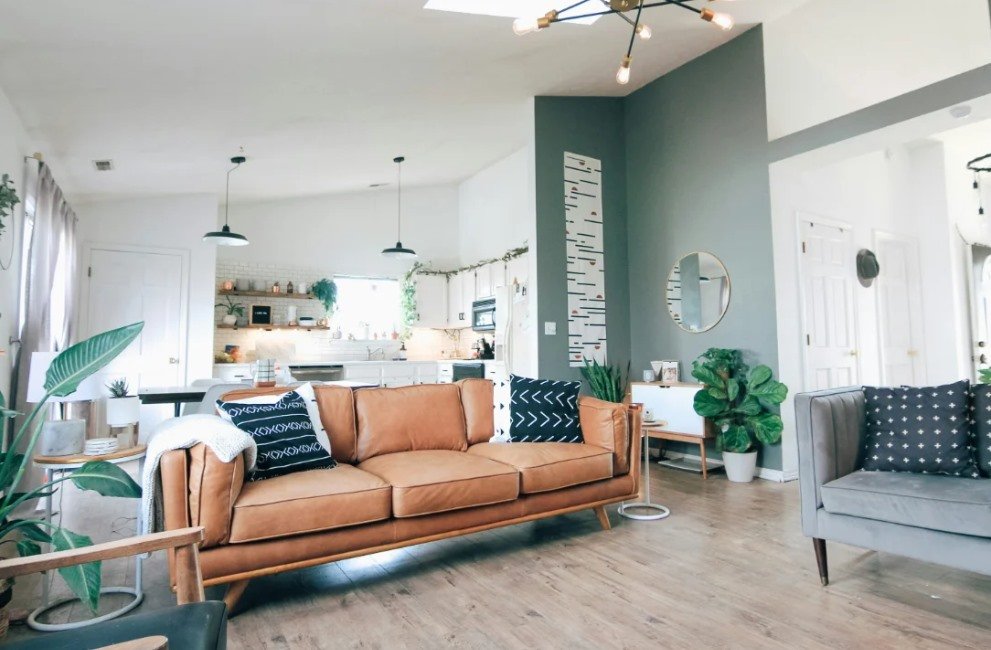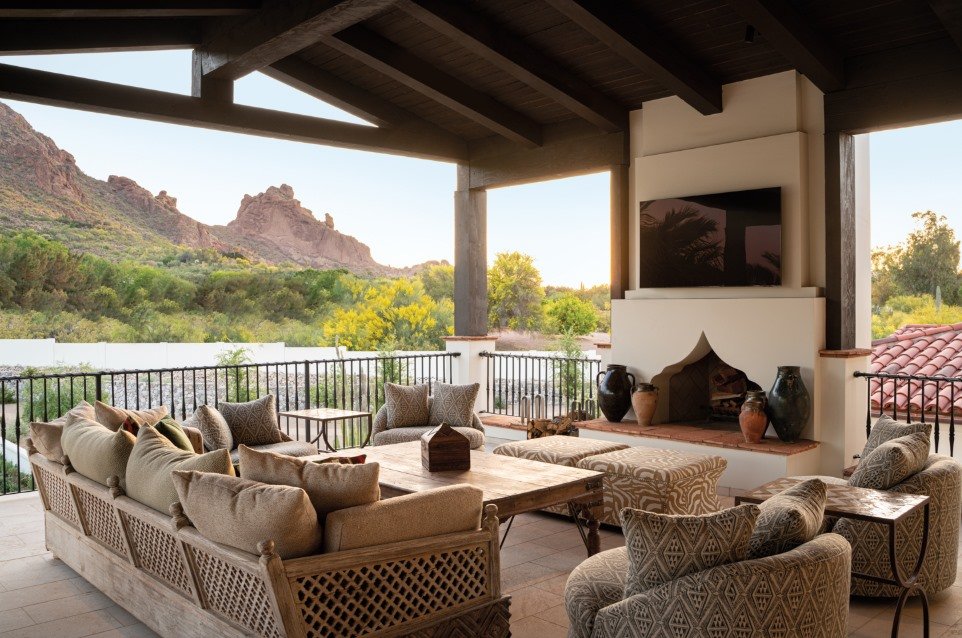
Creating a comfortable and balanced lifestyle begins at home. The way you design, organize, and maintain your living space affects how you feel, how you work, and even how you rest. A well-arranged home does not only look appealing but also supports good habits, productivity, and peace of mind. This home and living guide offers simple tips for building a better lifestyle through small but meaningful changes.
Why Home and Living Matters
Your home is the place where you spend the most time, whether relaxing, working, or spending moments with family. A living space that is clean, organized, and welcoming can make everyday life easier and more enjoyable. On the other hand, a cluttered and uncomfortable home can lead to stress and reduced focus. This is why following a home and living guide is important. It helps you create an environment that supports your physical, mental, and emotional well-being.
Keeping Your Home Organized
Organization is one of the key elements of better living. A neat and orderly home reduces stress, saves time, and makes your space more functional. Start by sorting your belongings into categories: keep what you use, donate what you do not need, and discard broken items. Use storage boxes, shelves, and baskets to keep things in their place. Creating a routine of cleaning and tidying up a little every day prevents mess from piling up. Even dedicating 10 minutes daily to organizing can make a big difference in the long run.
Decorating for Comfort and Function
Decoration is not only about style but also about comfort and purpose. Choose furniture that matches the size of your rooms and provides enough storage. Light colors on walls can make small rooms look larger, while adding indoor plants can improve air quality and bring freshness. Proper lighting also makes a big impact. Natural light during the day and warm, soft lighting in the evening create a pleasant atmosphere. This home and living guide recommends keeping decorations simple, practical, and aligned with your lifestyle needs.
Creating Healthy Living Spaces
Health and well-being should be part of every home. Ventilation is essential for clean air, so make sure windows are opened regularly. Avoid using too many chemical-based cleaning products and switch to natural alternatives when possible. Keep your kitchen clean and organized to encourage healthy eating habits. A separate space for exercise, even if small, can help you stay active. Bedrooms should be designed for rest, with minimal distractions and comfortable bedding. By making small adjustments, you can ensure your home supports your overall wellness.
Managing Household Routines
Daily routines bring stability and balance to home life. Simple tasks such as cooking, cleaning, and laundry become easier when done regularly. Prepare a weekly schedule that includes chores and stick to it. Involve all family members so that responsibilities are shared. Having a routine also saves time and prevents last-minute stress. A structured home environment, as suggested by this home and living guide, keeps everything in order and leaves more time for relaxation and hobbies.
Practicing Sustainable Living
Living better also means living responsibly. A sustainable home reduces waste and saves resources. You can start by using energy-efficient appliances, turning off lights when not needed, and conserving water. Reuse and recycle materials whenever possible. Avoid unnecessary plastic and choose eco-friendly alternatives. Growing small plants or herbs at home can also contribute to a more natural lifestyle. These practices not only help the environment but also make your home healthier and more cost-effective.
Designing Spaces for Productivity
Many people now work or study from home, making it important to create productive spaces. A dedicated work area with a desk and comfortable chair helps improve focus and efficiency. Keep this space separate from areas of relaxation, if possible, to avoid distractions. Good lighting, proper posture, and minimal clutter can boost productivity. Personalize the space with items that motivate you but avoid too much decoration that may take away attention. Following this part of the home and living guide ensures your home supports both work and relaxation effectively.
Fostering Family and Social Connections
A home is more than just walls and furniture; it is a place where relationships grow. Family meals, shared activities, and open conversations bring people closer. Design spaces where family members can spend quality time together, such as a dining area or a living room with comfortable seating. At the same time, respect personal space by ensuring each person has a corner of their own. Hosting friends or relatives occasionally also helps build strong social connections. A balanced home supports both togetherness and individuality.
Financial Management at Home
A better lifestyle also depends on how you manage your home expenses. Budgeting is an important part of any home and living guide. Track your monthly spending on groceries, utilities, and other household needs. Look for ways to save without compromising on comfort, such as buying in bulk or choosing energy-saving devices. Setting aside a small amount for emergencies ensures financial stability. Managing money wisely at home reduces stress and allows you to invest in things that improve your quality of life.
Rest and Relaxation at Home
Rest is a vital part of healthy living, and your home should support it. Create quiet areas where you can relax, read, or meditate. Limit the use of digital devices in the bedroom to improve sleep quality. Comfortable furniture, calm colors, and peaceful surroundings encourage relaxation. A good balance between activity and rest ensures that your home is not only functional but also a place where you can recharge.
Final Thoughts
This home and living guide shows that building a better lifestyle is about creating balance in your daily environment. From organization and decoration to health, productivity, and sustainability, every small step contributes to a more comfortable and fulfilling life. You do not need to make big changes at once; even small adjustments can lead to meaningful improvements. By managing your routines, making smart choices, and designing a home that reflects your needs, you can enjoy a lifestyle that is both simple and rewarding.



